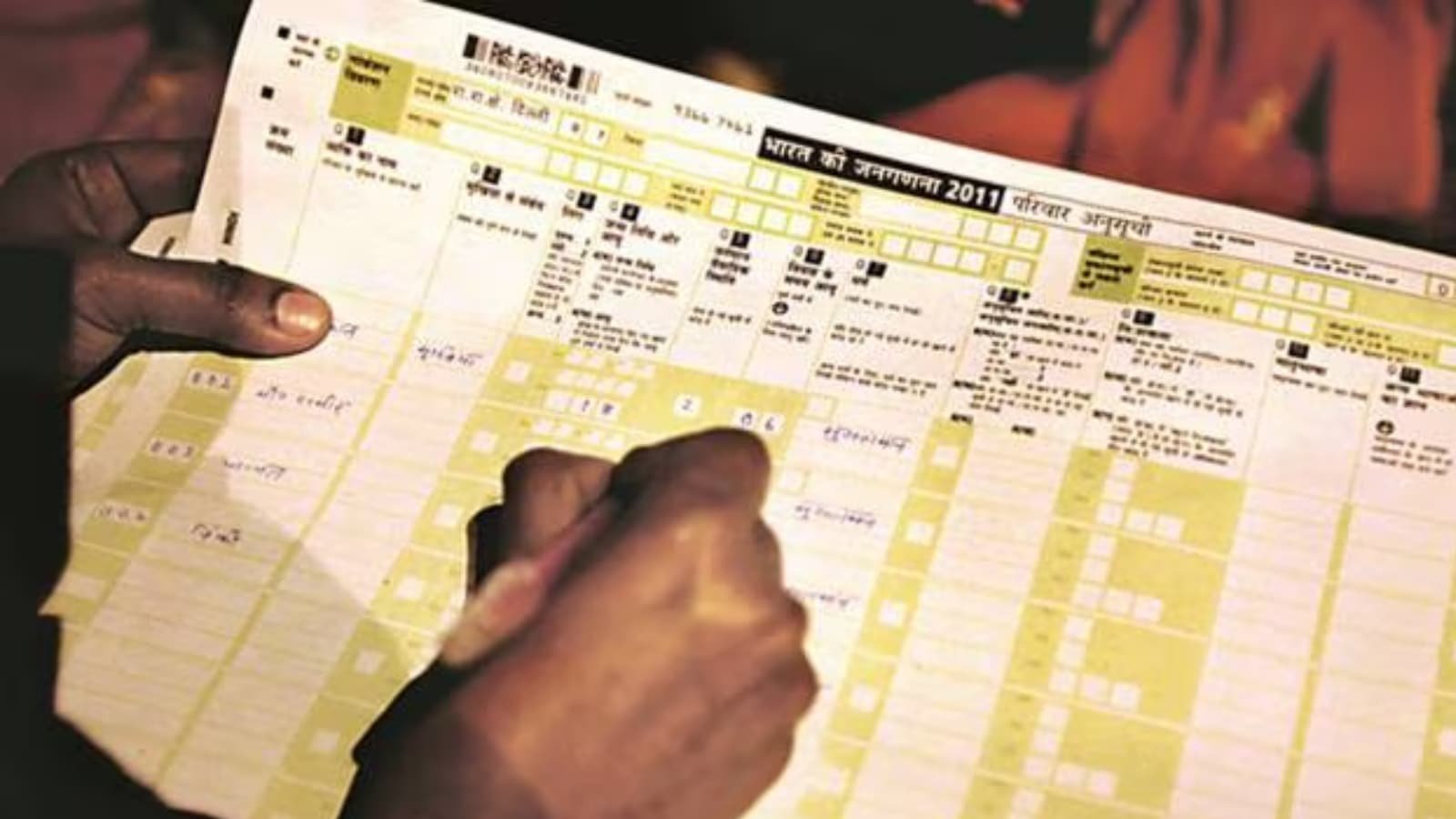
The Narendra Modi-led NDA government is likely to use both the Central List and the State Lists of the Other Backward Classes (OBCs) for the proposed caste census, sources told The Indian Express.
The government on Monday issued a notification for conducting India’s 16th population Census through 2026 and 2027. Earlier this month, the government had announced that the population enumeration phase of the Census, slated to take place in 2027, will also count castes in what is set to be the first such exercise since 1931.
“The reference date for the said Census shall be 00.00 hours of the 1st day of March, 2027, except for the Union territory of Ladakh and snow-bound non-synchronous areas of the Union territory of Jammu and Kashmir and the States of Himachal Pradesh and Uttarakhand,” Registrar General of India (RGI) Mrityunjay Kumar Narayan stated in the notification.
In respect of Ladakh, snow-bound non-synchronous areas of J&K, Himachal and Uttarakhand, “the reference date shall be 00:00 hours of the 1st day of October, 2026”, the notification said.
Sources said that using only the Central List could create issues since many castes included in the OBC lists of the states are not part of it. “So, if only the Central List is used, this could give a misleading picture of the total number of OBCs in a state. Also, states may protest this. So there is an inclination to club the two lists,” a government source said.
The source, however, clarified that things are still at the stage of discussions and that a final call would be taken later by the government.
There are a total of 2,513 castes listed under the OBC category in the Central List. This list, which mentions OBC castes for each state and UT, is used to determine eligibility for the central government jobs and educational institutions. Many states also have their own lists, which may include castes not recognised at the central level, or may have different classifications for certain castes.
This means a caste might be considered a part of the OBCs in one state but not in another, or that it might be classified differently (for instance, as a Scheduled Caste or in a different category) in different states.
This was believed to pose a challenge for the caste enumeration process at the national level. Sources, however, said with the clubbing of the two lists, this problem could be overcome. Sources added that it will also be easier this time since the Census will be conducted digitally.
“Currently, caste enumeration is limited to SCs/STs (Scheduled Castes / Scheduled Tribes) and ‘Others’. The Census enumeration app and portal has been accordingly designed. There is a drop-down menu for all listed SC and ST castes which can be selected and filled in accordingly. All other castes go into ‘Others’. The RGI just needs to add another column for the OBCs – or list all castes among ‘Others’ including the general category, as the case may be. The drop-down menu could then have all the castes listed in the Central List and the State Lists of the OBCs apart from other castes in case all these groups go into the ‘Others’ category. At the back-end, the RGI will maintain the database that will determine which list the caste entered during the enumeration belongs to,” a senior official said.
These lists, after checking for updations from the states, would have to be compiled before the houslisting phase of the Census in 2026, sources said. However, updations can be made until the commencement of the population enumeration phase, sources added.
A similar process is undertaken for the SC / ST lists. As of March 2023, there were 1,270 SCs and 748 STs notified along with their sub-groups in different states and UTs.
Significantly, the government had carried out a caste enumeration exercise in 2011 as well, whose data was however never made public. The Socio-Economic and Caste Census (SECC) 2011 was conducted along with the Census 2011 by the then Manmohan Singh-led UPA government.
In response to multiple parliamentary questions and court cases, successive governments (led by both the UPA and the NDA) have said that the 2011 caste data was “fraught with infirmities”, “unusable” and “unreliable”. The RGI examined its raw data and was believed to have flagged over 46 lakh caste names, many of which were duplicates, spelling variants, or incorrect entries.
A key challenge was that respondents self-declared their caste names, leading to overlapping categories and non-standardised entries (for example, one caste being recorded under multiple names or sub-castes). The government said it was “not feasible” to consolidate or classify these into a validated national caste list without further detailed verification.
Sources said this time such problems are not likely to occur since caste enumeration is expected to be carried out through a well-defined list.





